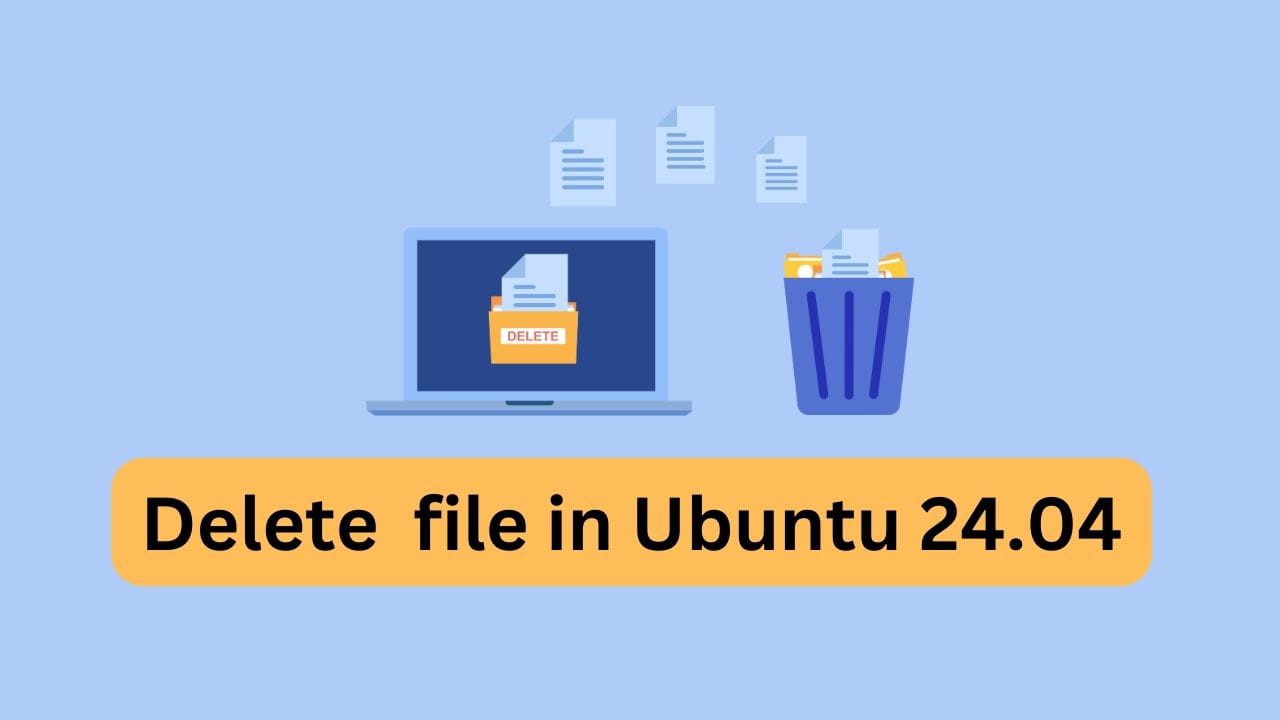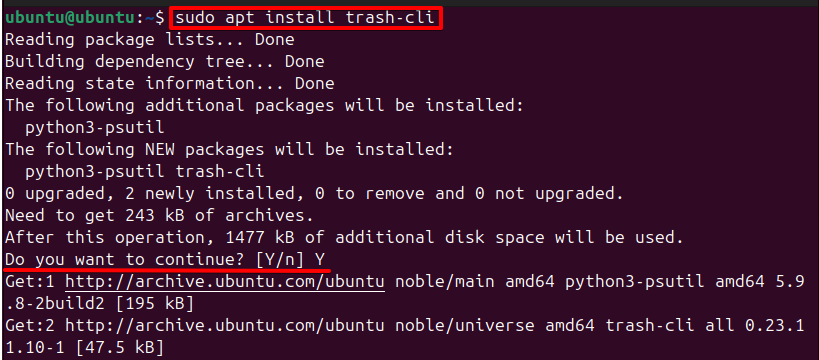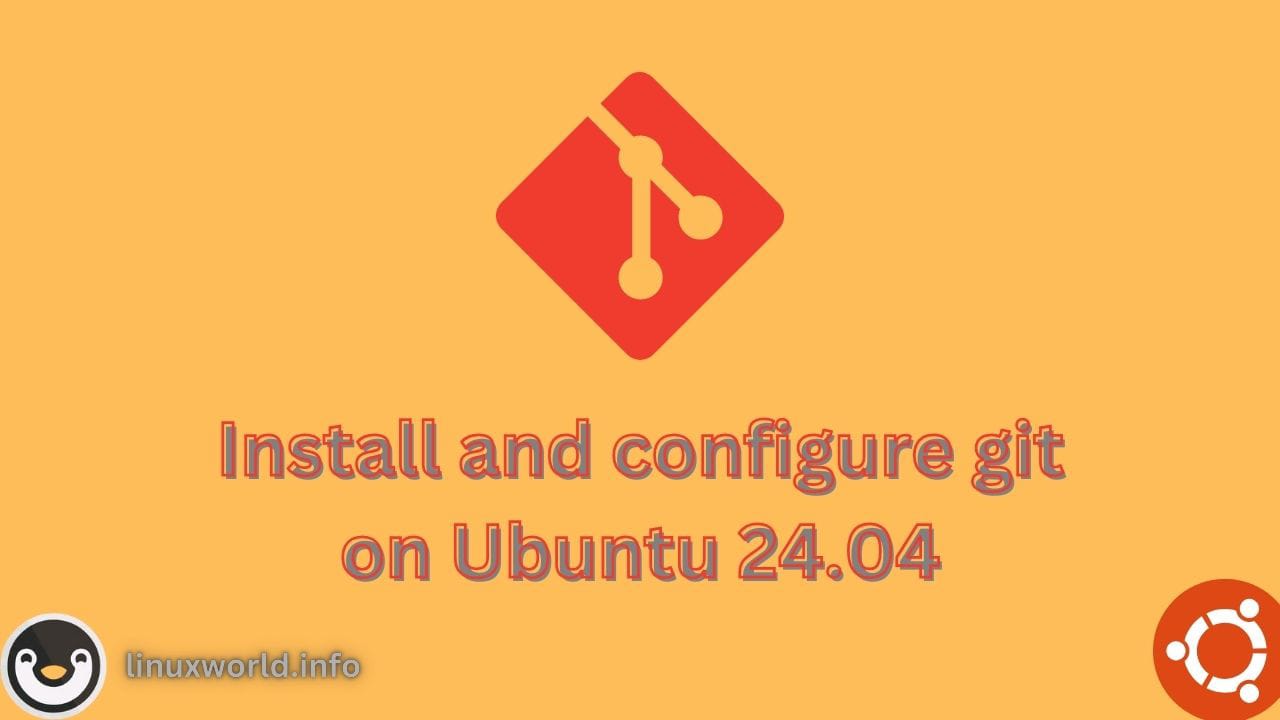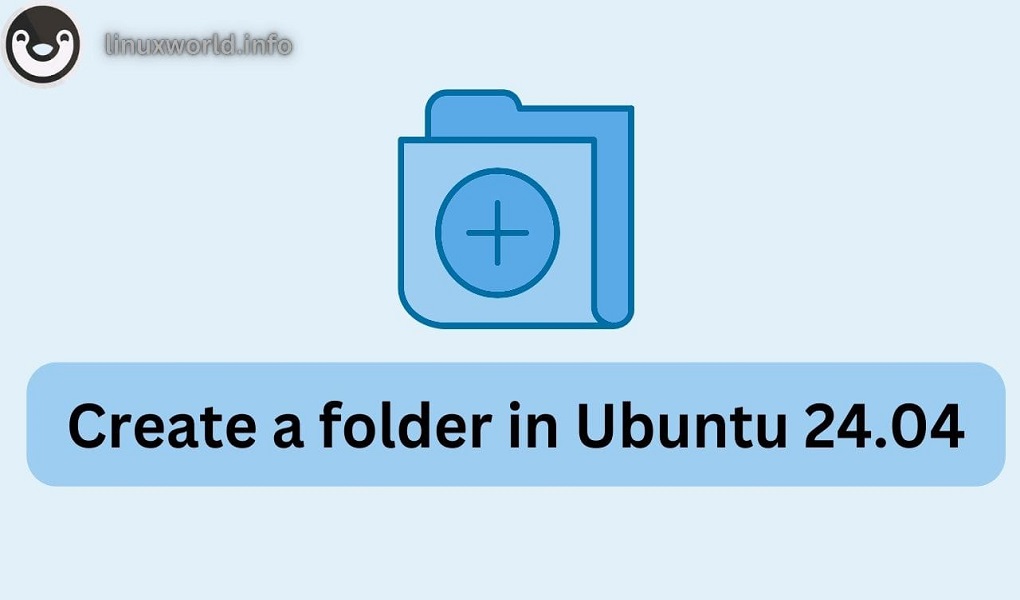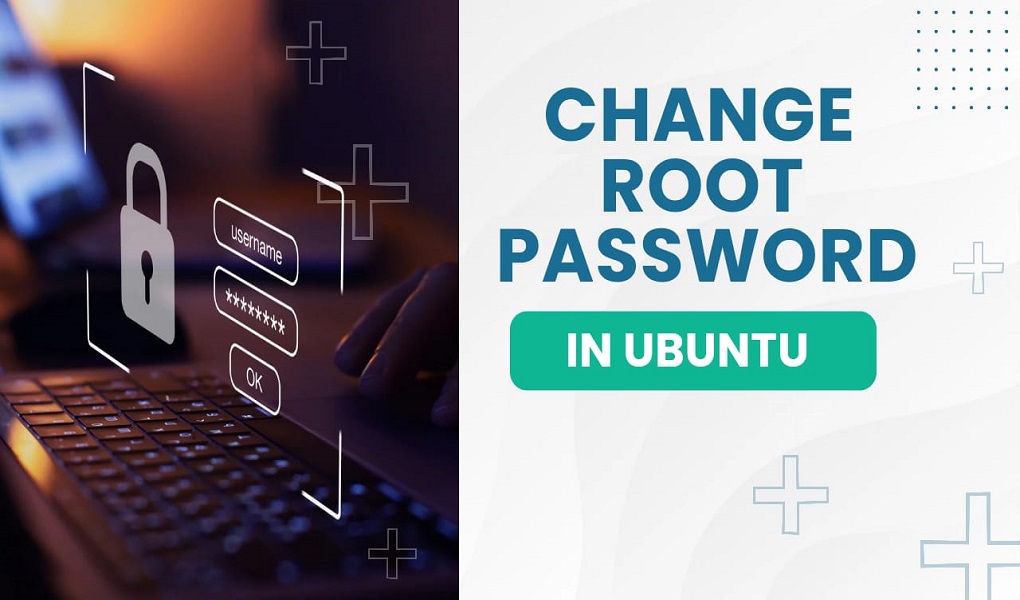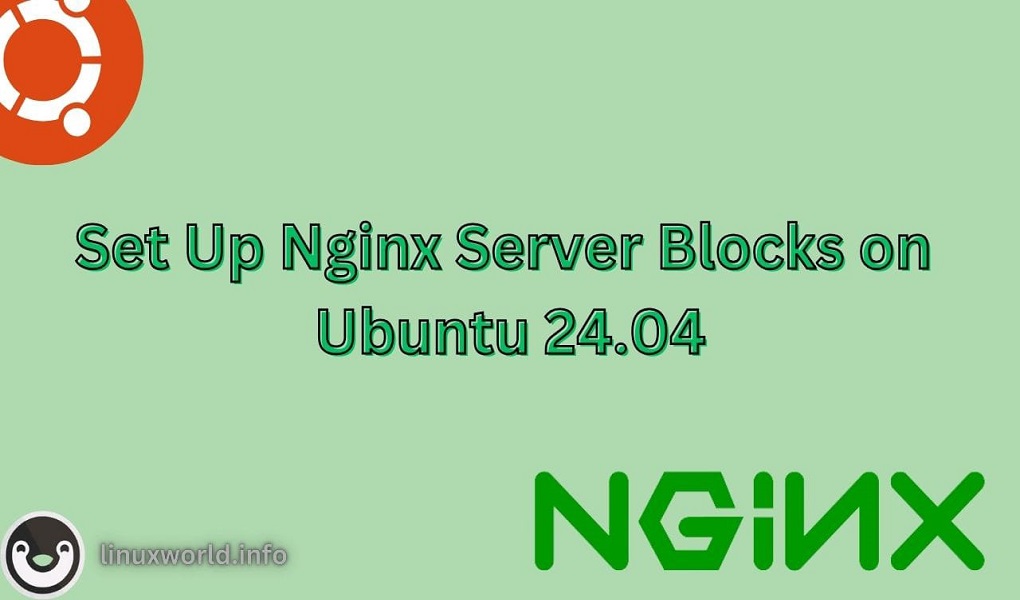Imagine the freedom of managing your Ubuntu system efficiently, effortlessly deleting unnecessary files to keep your workspace clean and organized. Deleting files isn’t just about tidying up; it’s about optimizing your system’s performance and ensuring your storage is used effectively. Whether you’re a beginner learning the basics or an experienced user seeking to streamline your process, mastering file deletion is crucial.
Understanding the various methods for file deletion can greatly enhance your productivity and control over your Ubuntu environment. Ready to take control of your file management? Let’s dive into the various methods for deleting files in Ubuntu 24.04 LTS. From simple commands to advanced tools, we’ll explore each technique in detail. This way, you can choose the best method for your needs, ensuring you maintain a clean and efficient workspace effortlessly.
How to Delete a File in Ubuntu 24.04 LTS
Discover the various methods available in the Ubuntu 24.04 LTS for deleting files efficiently. This guide provides step-by-step instructions for each approach, ensuring you can navigate through your files with ease and precision:
- Using the rm Command: The standard command for deleting files.
- Using the unlink Command: A simple command for deleting a single file.
- Using the find Command: Locate and delete files based on specific criteria.
- Using the shred Command: Securely delete files by overwriting them.
- Using the wipe Command: Another method for secure file deletion.
- Using the trash-cli Command: Move files to the trash instead of permanent deletion.
- Using the GUI: User-friendly graphical interface method for file deletion.
- Using Keyboard Shortcuts in File Manager: Efficient file management with keyboard shortcuts.
Each method is tailored to suit different preferences and tasks, ensuring you have the flexibility and efficiency to manage your files effectively in Ubuntu 24.04 LTS.
Method 1: Using the rm Command
The rm (remove) command is the most common way to delete files in Ubuntu. It’s powerful and flexible, allowing you to delete one or multiple files.
Delete a Single File
rm filename.txt
This command will let you remove the file from the current directory.
![]()
Delete Multiple Files
rm file1.txt file2.txt file3.txt
This command deletes file1.txt, file2.txt, and file3.txt simultaneously.
![]()
Force Delete Files
rm -f filename.txt
The -f option forces the deletion, suppressing any prompts or errors.
![]()
Delete Files Interactively
rm -i filename.txt
The -i option prompts you to confirm before deleting each file, providing a safety net against accidental deletions.

Method 2: Using the unlink Command
The unlink command is a simple tool for deleting a single file. It’s less flexible than rm but can be useful for straightforward tasks.
unlink filename.txt
This command removes filename.txt. Note that unlink cannot delete multiple files or directories.
![]()
Method 3: Using the find Command
The find command is incredibly powerful for locating and deleting files based on specific criteria such as name, size, or modification date.
Delete Files by Name
find . -name "filename.txt" -exec rm {} \;
This command searches for filename.txt in the current directory and deletes it.
![]()
Delete Files Older than a Certain Number of Days
find . -type f -mtime +30 -exec rm {} \;
This command deletes files older than 30 days in the current directory.

Method 4: Using the shred Command
The shred command securely deletes files by overwriting them multiple times, making data recovery difficult.
Shred a File
shred -u filename.txt
The -u option removes the file after overwriting it.
![]()
Method 5: Using the wipe Command
The wipe command is another tool for securely deleting files. It uses various overwriting patterns to ensure data is irrecoverable.
Wipe a File
wipe filename.txt
This command securely deletes filename.txt.

Method 6: Using the trash-cli Command
The trash-cli command allows you to move files to the trash instead of permanently deleting them. This can be useful if you want a safety net for recoverable deletions.
Install trash-cli
First, install trash-cli if you haven’t already:
sudo apt install trash-cli
Move a File to Trash
trash-put filename.txt
This command moves filename.txt to the trash.
Restore a File from Trash
trash-restore
To retrieve the desired file from the trash, follow the instructions.

Empty the Trash
trash-empty
This command empties the trash, permanently deleting all files in it.

Method 7: Using the GUI (Graphical User Interface)
The GUI method is user-friendly and accessible, especially for those not comfortable using the terminal. It provides visual feedback and an easy way to manage files, including the ability to recover files from the trash before they are permanently deleted.
Delete a Single File
Step 1: Open File Manager
Click on the file manager icon (usually found in the dock or application menu).
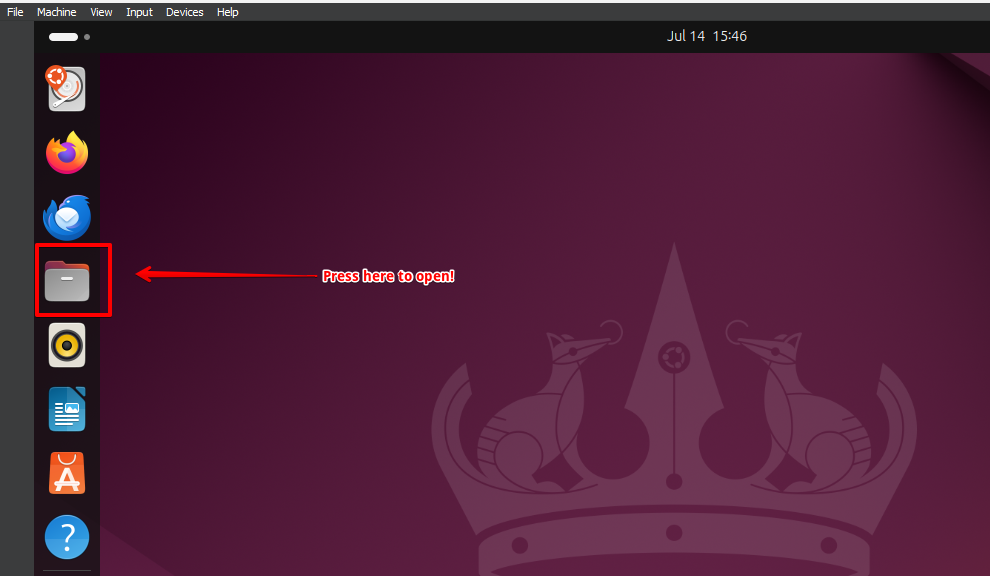
Step 2: Navigate to the File
Locate the file you want to delete.
Step 3: Right-Click
Right-click the file and choose the Move to Trash option from the menu.
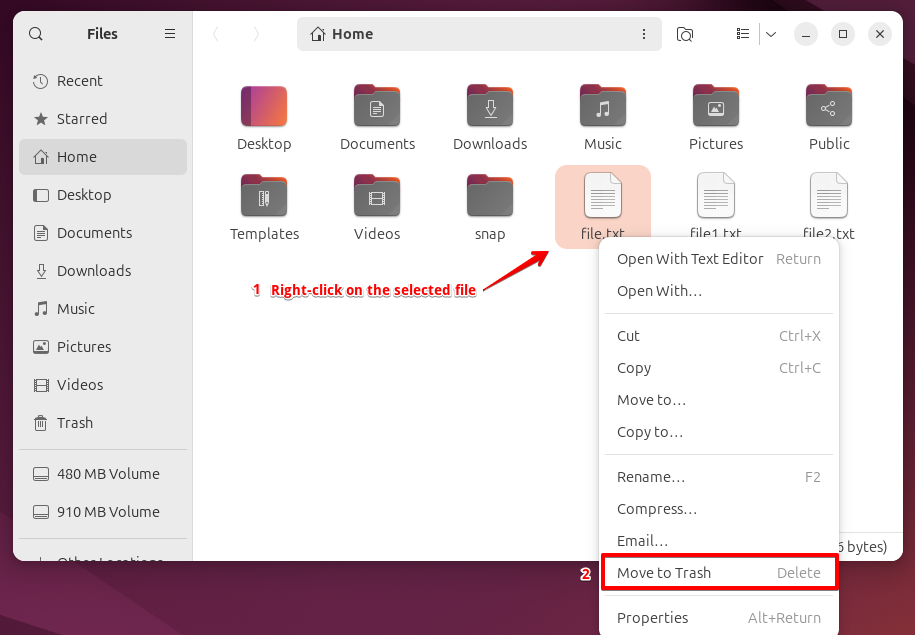
Delete Multiple Files
Step 1: Select Multiple Files
For multiple file selection, use Ctrl + Click.
Step 2: Move to Trash
Right-click any selected file and choose Move to Trash.
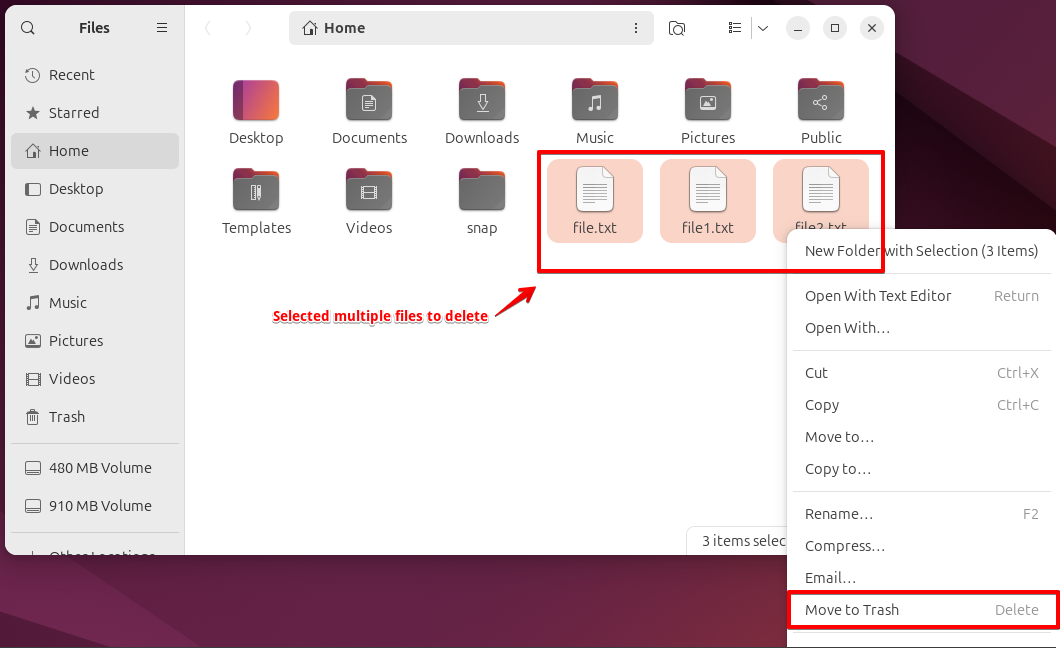
Permanently Delete Files
Step 1: Empty the Trash
Open the trash and select Empty Trash to permanently delete all files in the trash.
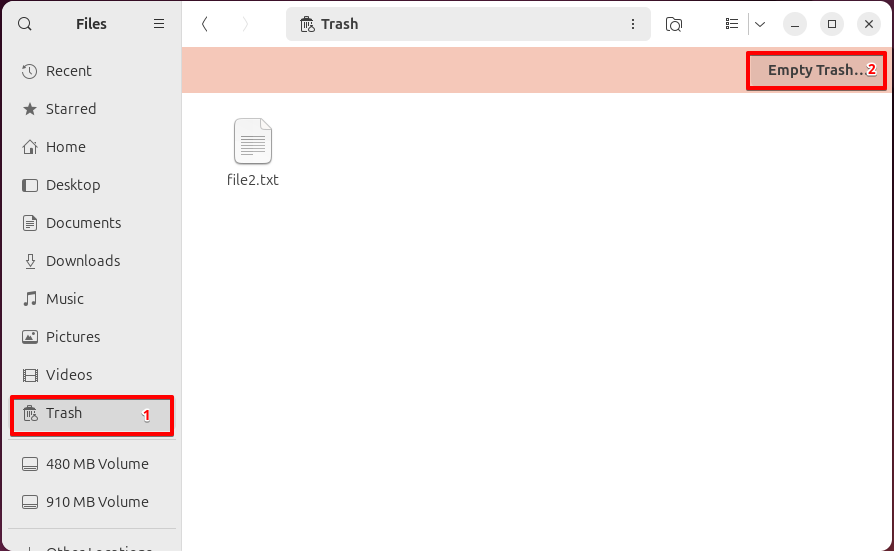
Method 8: Using the File Manager with Keyboard Shortcuts
For those who prefer a mix of graphical interface and keyboard efficiency, using keyboard shortcuts can speed up the file deletion process.
Delete a Single File
Step 1: Select the File
Click on the file to select it.
Step 2: Delete
Press Delete on your keyboard to move the file to the trash.
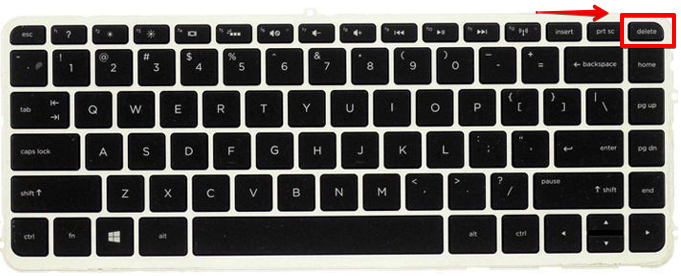
Permanently Delete a File
Step 1: Select the File
Click on the file to select it.
Step 2: Shift + Delete
Press Shift + Delete to permanently delete the file without moving it to the trash.

Conclusion
Learning how to delete files efficiently in the Ubuntu 24.04 LTS can make your workflow faster and more organized. Whether you use basic commands like rm and unlink, powerful tools like find, secure deletion methods like shred and wipe, or the graphical interface for a visual approach, each technique offers unique benefits. By mastering these methods, you can easily manage and clean up your files, making your work on Ubuntu more streamlined and productive.
Embrace the power of both the command line and the graphical interface, and keep your system tidy with these versatile file deletion techniques. Happy cleaning and Keep visiting Linux World.
